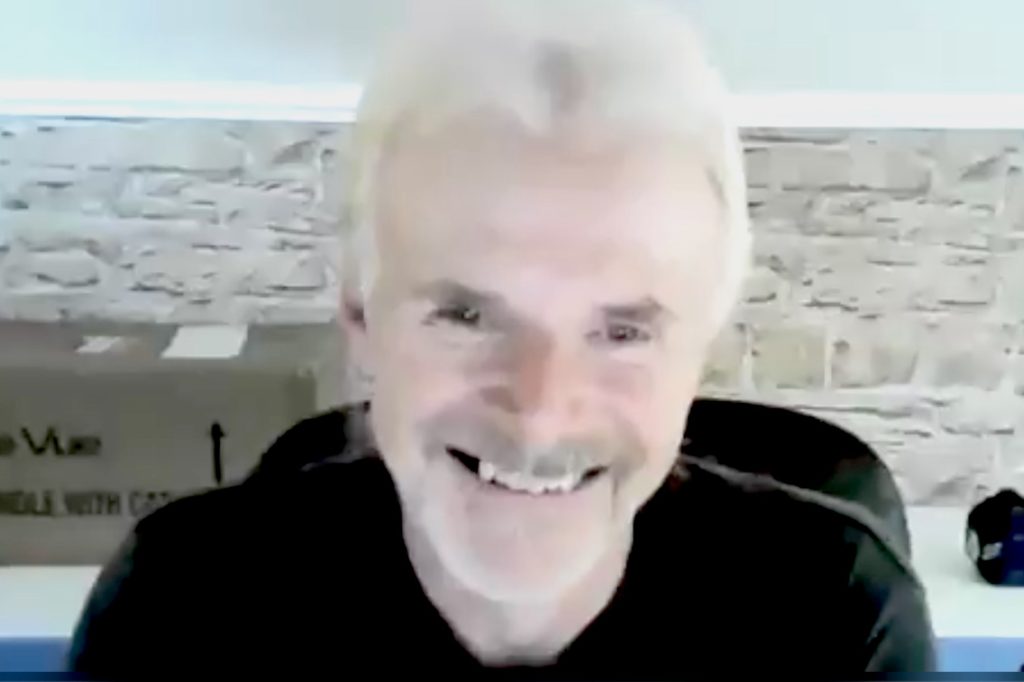Manchester and Liverpool share a unique history in the development of rocket technology. The desire for spaceflight was promoted by the British Interplanetary Society, founded in Liverpool in 1933 and the Manchester Interplanetary Society in 1936.
They were not unique. Similar societies existed in Germany, Austria, the USA and the USA. There was even a one-man effort in 1934 in India.
In a public talk on Thursday evening 24th March, I will talk about the rise of these societies, the individuals who established them, the impact of World War Two on the development of rocketry after that led to the emergence of the Space Age – Sputnik in 1957 and first human spaceflight, Yuri Gagarin in 1961.
Some of the people who I will speak about are Phil Cleator and Leslie Johnson (founders of the British Interplanetary Society in Liverpool) Eric Burgess (founder of the Manchester Interplanetary Society), Willy Ley (a key player in German rocket society). As well as some early BIS members including Patrick Moore, Arthur C Clarke and Carl Sagan.
The event is organised by the Keighley Astronomical Society and take place in Keighley, Yorkshire starting at 7pm on Thursday 24th March 2022.

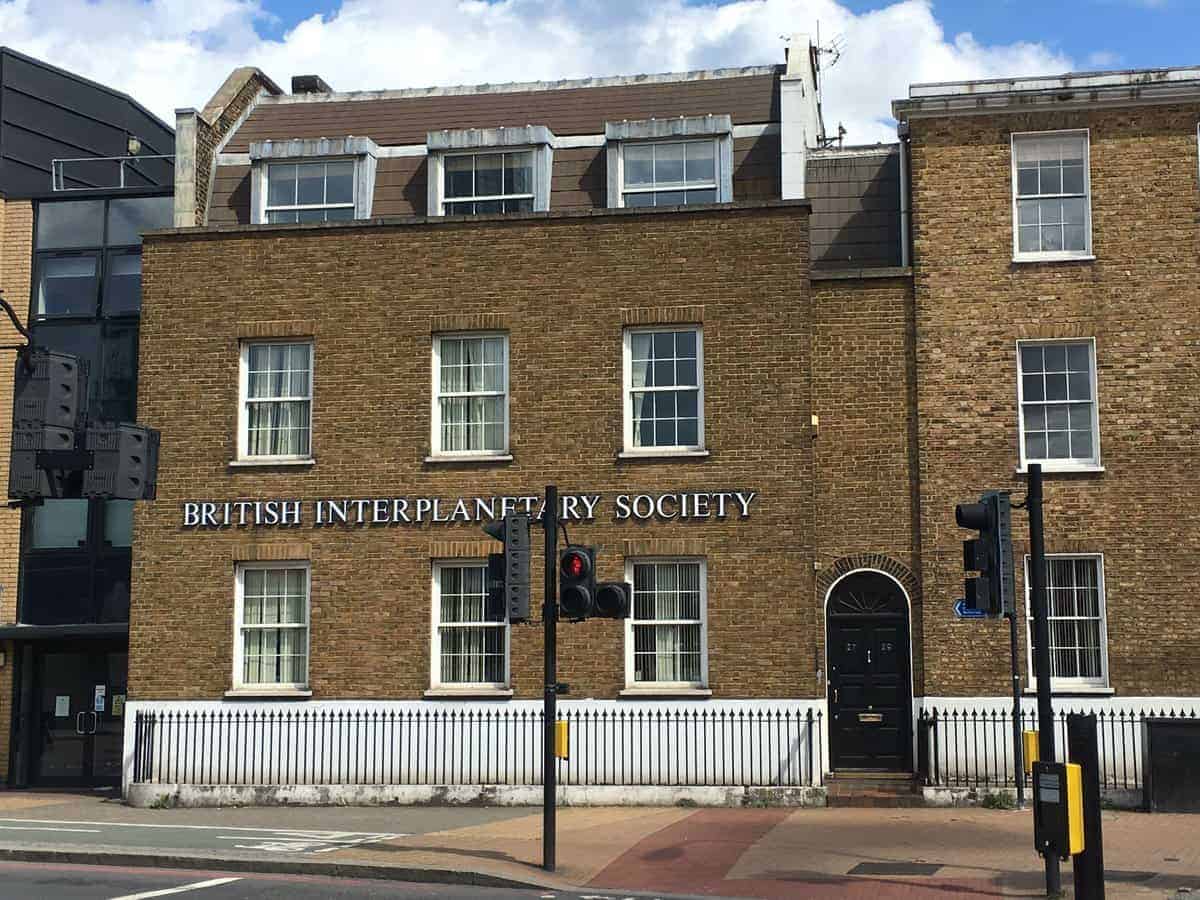


Stanley Davis
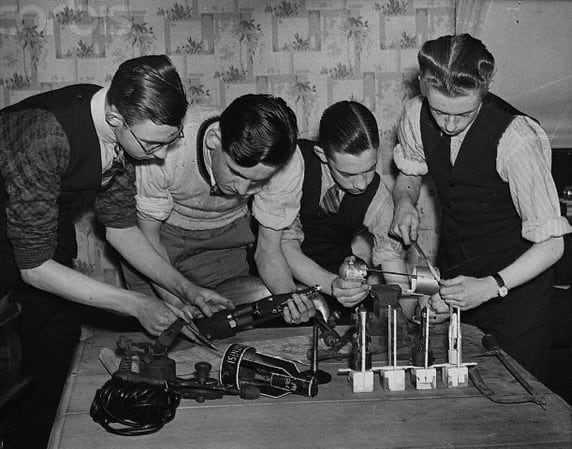
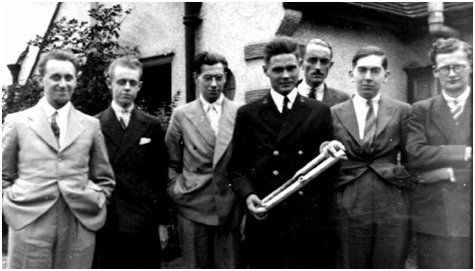
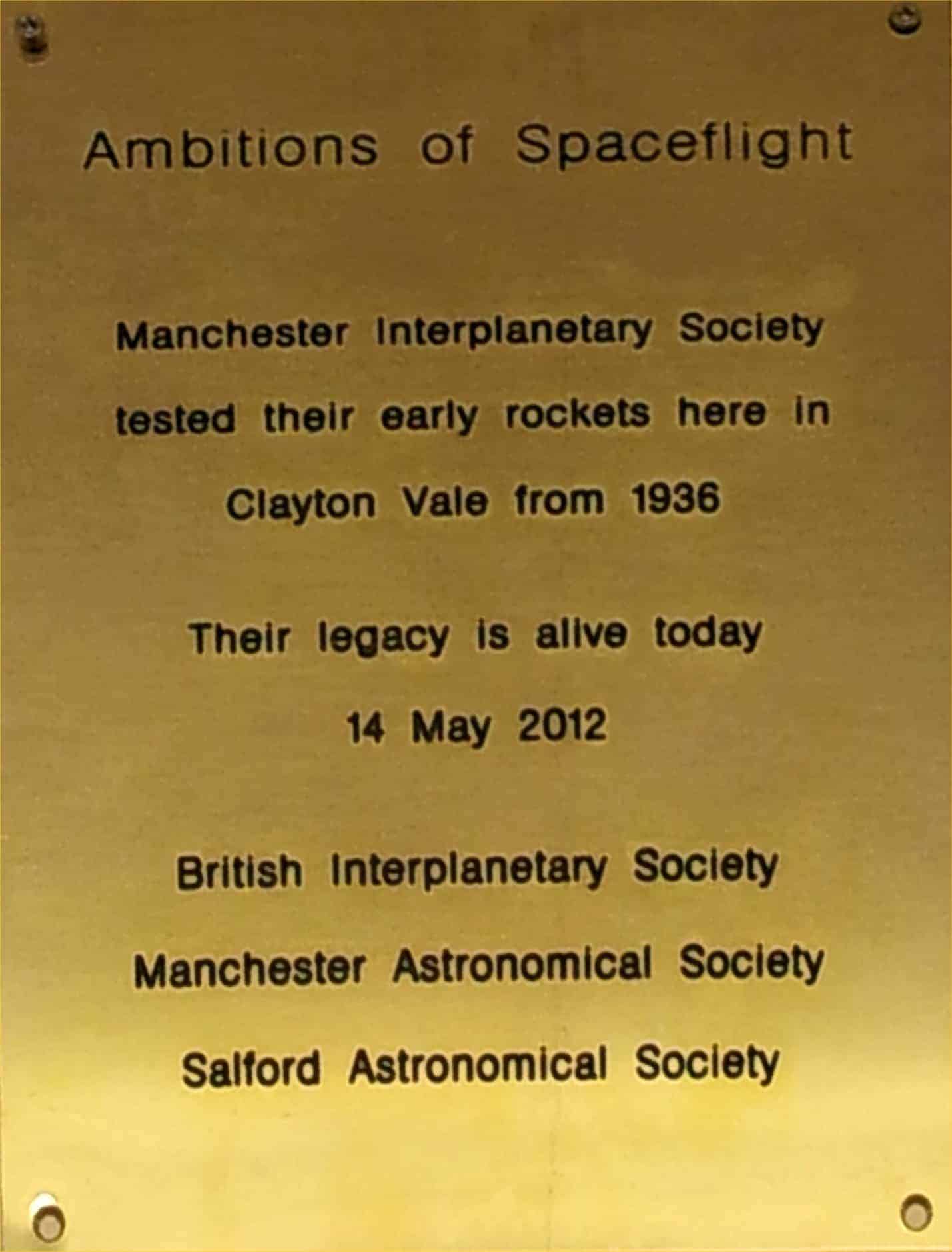
14 May 2012
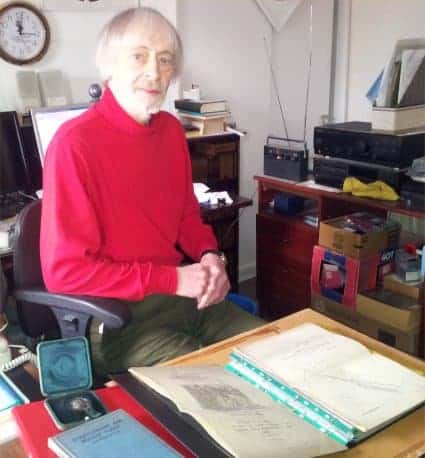
his farther Harry Turner was a member of the MIS

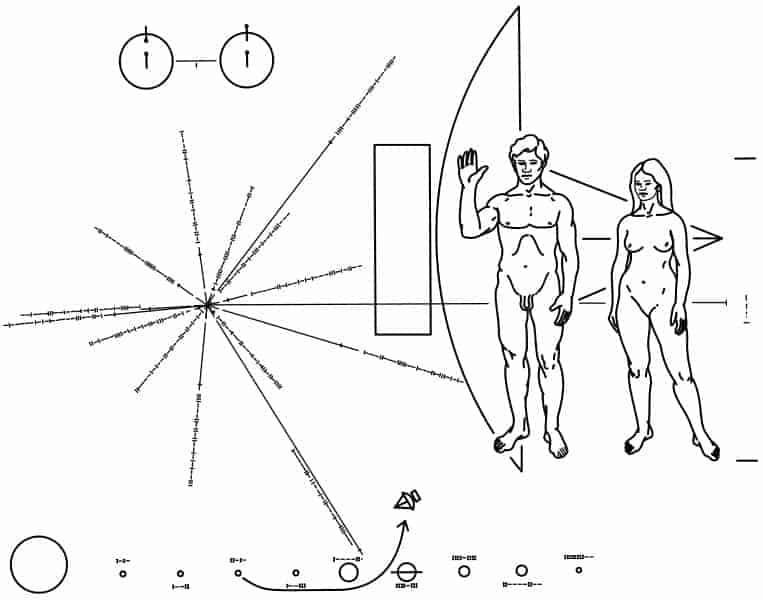
Inspired by Eric Burgess
